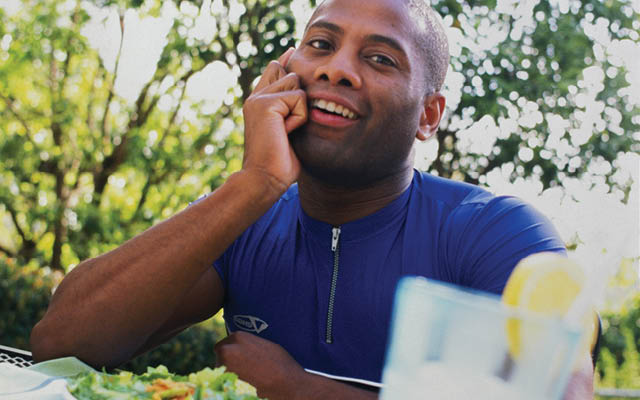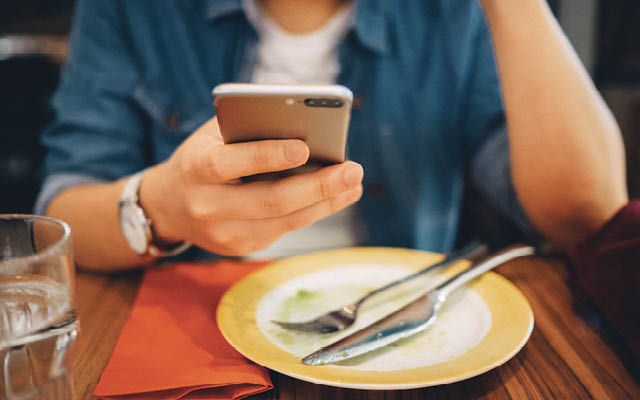Branch out.
Follow people who post about things other than their bodies or breakfast bowls.
“Instagram is a great place to look at pretty pictures of nature or photos of cute puppies,” explains the Emily Program’s chief strategy officer, Jillian Lampert, PhD, MPH, RD, LD. “It’s not the place to get health advice.”
Be discerning.
“One problem with social media is that we aren’t questioning enough of what we see,” says Pamela Ramos, MD, a psychiatrist for Baltimore’s Eating Recovery Center. Don’t trust people just because they have a large following.
Instead, think critically about their content. Are they making hyperbolic or unrealistic claims, and how might they be benefiting from them? Are they promoting calorie restriction or glamorizing certain body types? Those are signs to be wary of their posts.
Notice your reaction.
Your own emotional response is a good clue to whether someone’s platform can help or harm you. “If you look at a post and feel disappointed in yourself, or if you close the app feeling worse than when you opened it, it’s probably not the best wellness message,” Lampert advises.
Set boundaries.
Remember that you get to decide if you want to continue seeing someone’s posts. “When in doubt, it’s best to unfollow,” says psychologist Charlotte Markey, PhD.
Step away.
If you find that social media is damaging your relationship with food, try spending less time scrolling. Set time limits for apps, turn off notifications, or take a social-media break. (For more on mindful tech use, see “How to Break Free of Tech Addiction”.)
This originally appeared as “Behind the Feed” in the May 2020 print issue of Experience Life.




This Post Has 0 Comments